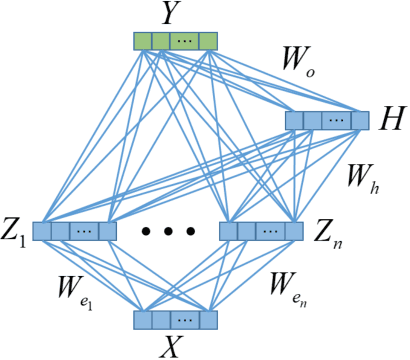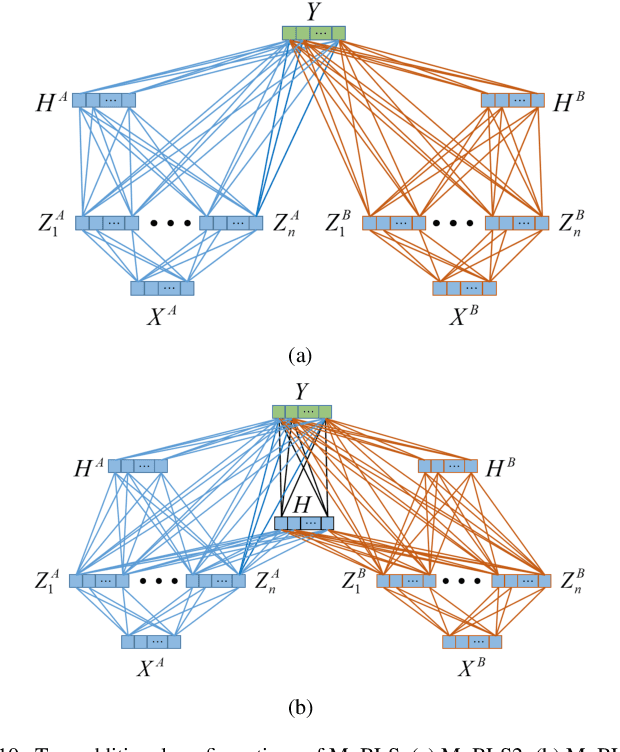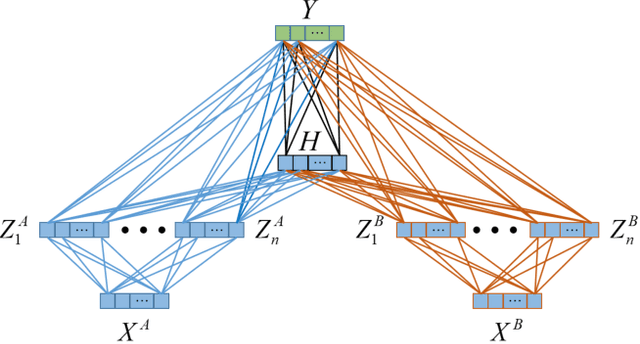Multi-View Broad Learning System for Primate Oculomotor Decision Decoding
Paper and Code
Aug 16, 2019



Multi-view learning improves the learning performance by utilizing multi-view data: data collected from multiple sources, or feature sets extracted from the same data source. This approach is suitable for primate brain state decoding using cortical neural signals. This is because the complementary components of simultaneously recorded neural signals, local field potentials (LFPs) and action potentials (spikes), can be treated as two views. In this paper, we extended broad learning system (BLS), a recently proposed wide neural network architecture, from single-view learning to multi-view learning, and validated its performance in monkey oculomotor decision decoding from medial frontal LFPs and spikes. We demonstrated that medial frontal LFPs and spikes in non-human primate do contain complementary information about the oculomotor decision, and that the proposed multi-view BLS is a more effective approach to classify the oculomotor decision, than several classical and state-of-the-art single-view and multi-view learning approaches.
 Add to Chrome
Add to Chrome Add to Firefox
Add to Firefox Add to Edge
Add to Edge